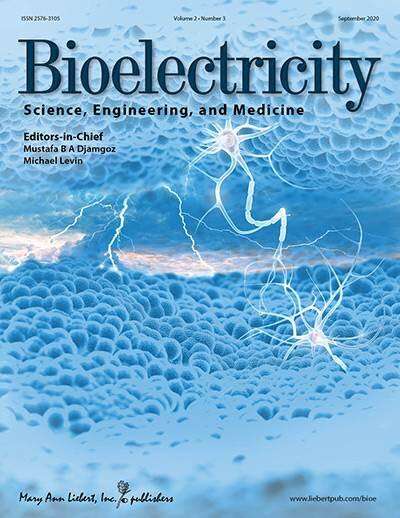Credit: Mary Ann Liebert, Inc., Publishers
Life-threatening cardiac arrhythmias can be linked to the functional and structural consequences of gene mutations. The study is published in the peer-reviewed journal Bioelectricity.
"Voltage-gated sodium (Nav) channel activity in the heart enables us to live! In enabling this, the channel proteins associate with auxiliary ('ß') subunits. Now we see how important the ß-subunit integrity is to heart function," says Co-Editor-in-Chief Mustafa Djamgoz, Ph.D., Imperial College London.
The researchers used X-ray crystallography and electrophysiological measurements. They examined the interaction of voltage-gated sodium (Nav) channels with cardiac arrhythmia-associated mutations in SCN2B (or ß2) and SCN4B (or ß4) genes that are known generally to modify Nav channel function.
"SCN4B180T data suggested a functionally important region in the interaction between Nav1.5 and ß4 that, when disrupted, could lead to thermal instability and channel dysfunction," state Filip Van Petegem, Ph.D., University of British Columbia, Frank Bosmans, Ph.D., Ghent University, and coauthors.
"Ion channels are critical for many functions in the body. The improved understanding of how genetic sequence contributes to bioelectric properties in cells will provide insight into not only cardiac syndromes but also cancer, birth defects, and organ repair," says Co-Editor-in-Chief Michael Levin, Ph.D., Tufts University.
More information: José P. Llongueras et al. Biophysical Investigation of Sodium Channel Interaction with β-Subunit Variants Associated with Arrhythmias, Bioelectricity (2020). DOI: 10.1089/bioe.2020.0030
Provided by Mary Ann Liebert, Inc






















